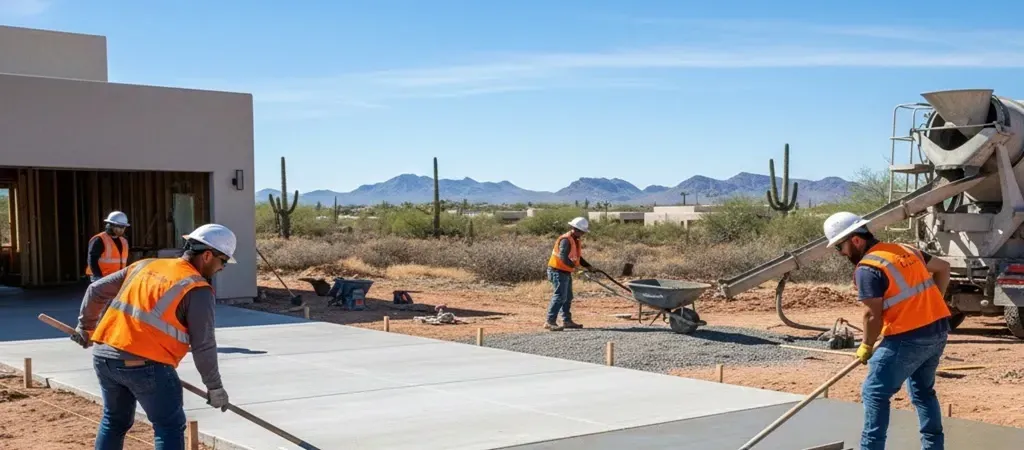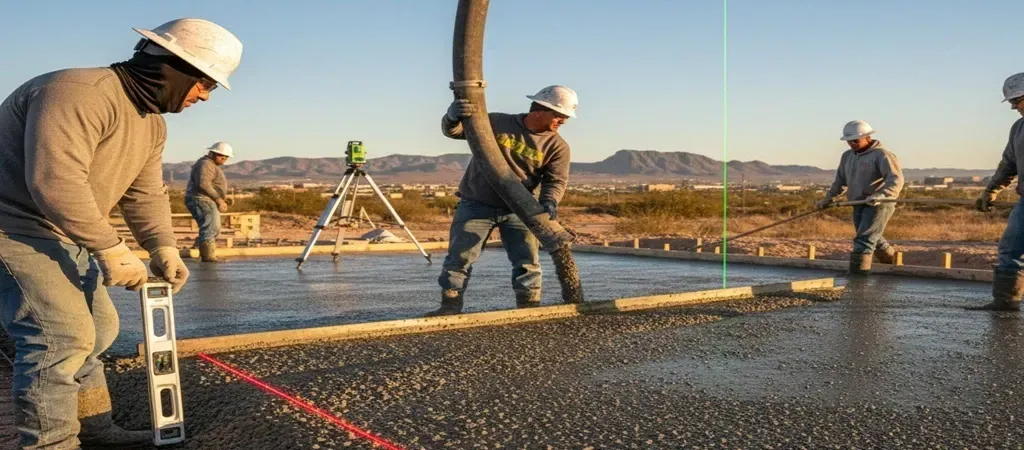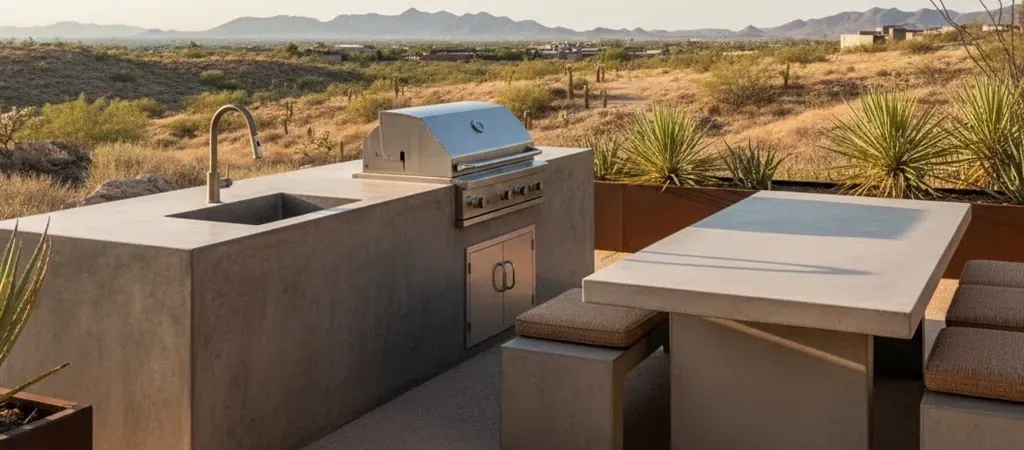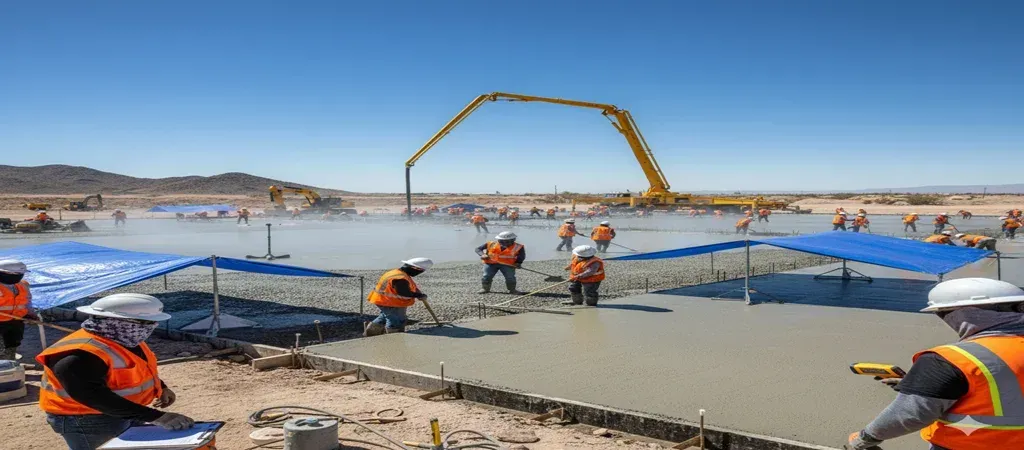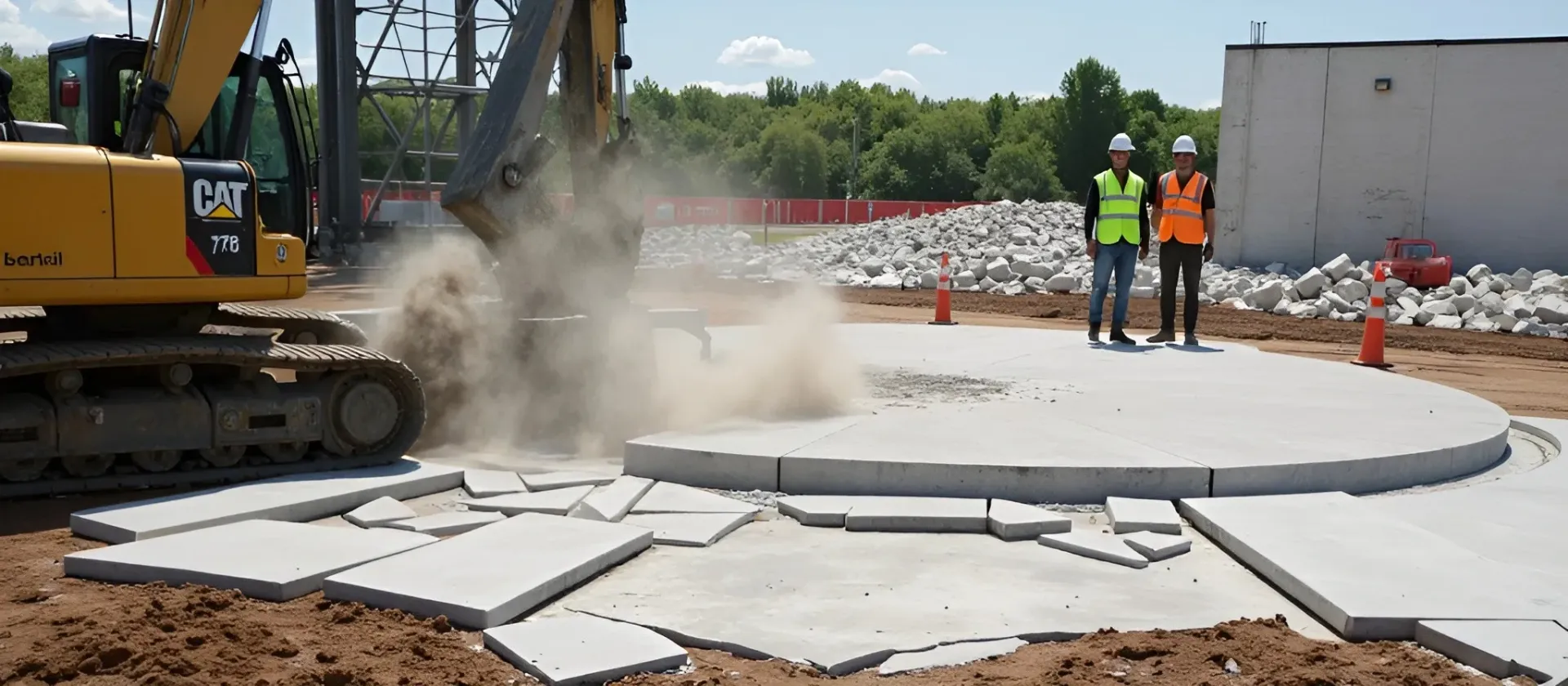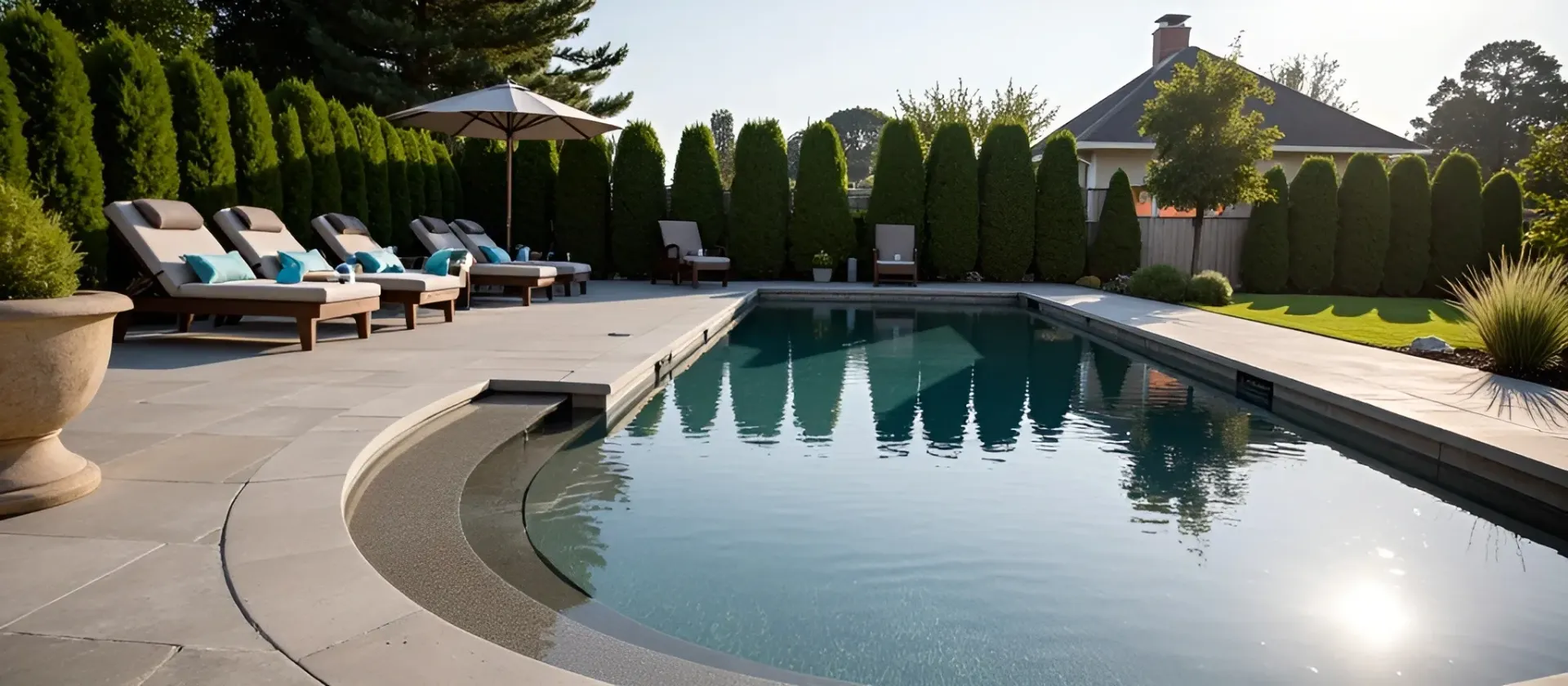Enhancing Concrete Durability: A Guide from El Paso Concrete Contractors
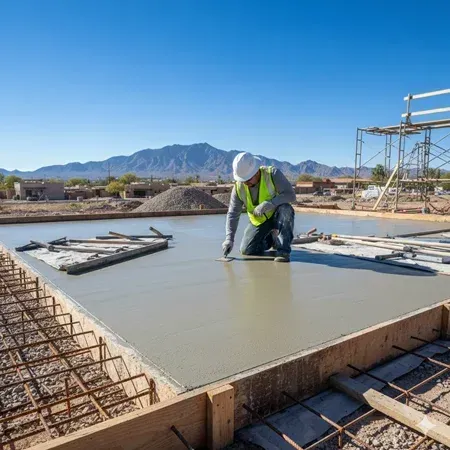
Concrete is an investment in your home’s future. Whether you're adding a driveway or building a patio, you want it to last a long time. Durability is super important. At El Paso Concrete Contractors, we’ve seen what happens when that’s overlooked. And believe me, it’s not a good sight.
So, let’s take a look at the smart ways our experts make sure your concrete is strong and built to last!
High-Quality Materials Matter
I remember a client who once tried to save money by using cheaper materials. The result? They were calling us back just a year later to fix cracks. Cutting corners on materials might seem like a good way to save money. But it usually ends up costing you more later.
Choosing the best High quality driveway cement, aggregates, and rebar can save you from big problems in the future. Think about it — you wouldn’t build a house with weak bricks. So why use low-quality concrete?
The Magic of Proper Mix Design
Another factor people often overlook is the mix itself. Concrete isn't something you can just throw together. It needs the right balance. Too much water makes it weak, and too little makes it crack easily. It’s about finding the perfect recipe.
We focus on making concrete that’s strong and can last a long time. At El Paso Concrete Contractors, we adjust the mix for each project. We want to make sure it’s perfect for what you need. This step is often where DIY jobs fall short. Trust me, having a pro handle the mix design makes all the difference.
Reinforcements for Extra Strength
Have you ever driven over a bridge and wondered how it supports all that weight? The secret is reinforcements. We use materials like steel rebar or fiber mesh in the concrete to make it stronger. These reinforcements help spread out the weight, so there’s less chance of cracks.
For driveways and busy areas, reinforcements are super important. Without them, even strong concrete can crack under pressure. We take this very seriously because we know what happens when it’s overlooked.
Curing is Super Important
Now, here’s something you might not think about — curing. Think of curing as letting the concrete rest and reach its full potential. A few years ago, a friend of mine skipped proper curing on his home project. And the result was painful to watch. The surface dried too fast, and it started cracking within months.
At El Paso Concrete Contractors, we believe in taking our time with this important step. We use special techniques to make sure the concrete dries evenly. This helps it stay strong and last longer. Rushing can cause problems, so we do it right.
Sealants are Hidden Champions
A sealant is like a shield for your concrete. It keeps dirt and water from ruining it. Imagine your concrete like a shiny new pair of shoes. You wouldn’t wear them in the rain without some waterproofing, right? The same goes for concrete.
A sealant creates a strong barrier to keep bad stuff away. Imagine all the rain and spills that can damage it. Moisture can make your concrete crack and break. Chemicals can cause stains that are hard to clean. A sealant stops these problems before they start. A client once asked if it was worth the cost. My answer: absolutely! It’s all about giving your concrete a shield.
Crack Prevention with Control Joints
While no one likes cracks in their concrete, they’re bound to happen. The secret is in controlling where they appear. That’s where control joints come in. I once visited a client whose patio looked like a spider web — cracks everywhere. They hadn’t used control joints, and it showed.
By placing these joints strategically, we give the concrete room to expand and contract without causing unsightly, random cracks.
The El Paso Climate Challenge
Living in El Paso means dealing with some extreme weather conditions. The heat here can be brutal, especially on concrete. I’ve seen how the sun can cause concrete to expand during the day, then contract when the temperature drops. This back-and-forth movement creates stress.
That’s why we use cooling agents in our mix during hot days and try to pour during cooler hours. We know the desert climate well and take every step to ensure your concrete survives it.
Water Damage? Not on Our Watch
El Paso doesn’t get a lot of rain. But when it does, it really comes down! Water might look harmless, but it can cause big problems for your concrete. If water sneaks into cracks, it can freeze when it’s cold outside. This can make the cracks worse and hurt your concrete. That’s why good waterproofing and drainage are so important. Using sealants regularly helps keep the moisture out, too.
Regular Maintenance is the Key
Once your concrete is in place, don’t just forget about it! Regular maintenance is super important. Clean your concrete often to get rid of dirt and grime. This helps stop the surface from wearing down.
One of my clients had a lovely concrete patio that started to look old because they never cleaned or resealed it. Every few years, putting on a fresh coat of sealant keeps your concrete looking brand new. It’s a small task that gives you great results!
Inspections and Repairs: Catch Problems Early
You wouldn’t ignore a small leak in your roof, so why ignore cracks in your concrete? Small issues can become big problems if left unchecked. I always tell clients to inspect their concrete regularly. If you notice cracks or chips, fix them as soon as possible.
Sometimes you can do a quick patch-up yourself, but if it looks serious, it’s best to call in a pro.
Conclusion
Concrete is super strong, but it’s not indestructible. Even the toughest materials need some love and care. The secret to lasting concrete is using quality materials, good techniques, and regular maintenance.
When you choose concrete, you’re making a smart choice for your property’s future. It’s like planting a seed that will grow into something great. At El Paso Concrete Contractors, we know how to help your concrete stand the test of time. We have the experience to keep it strong for years.
Are you ready to help your concrete last longer? Call us today, and let’s get started on this journey together!
